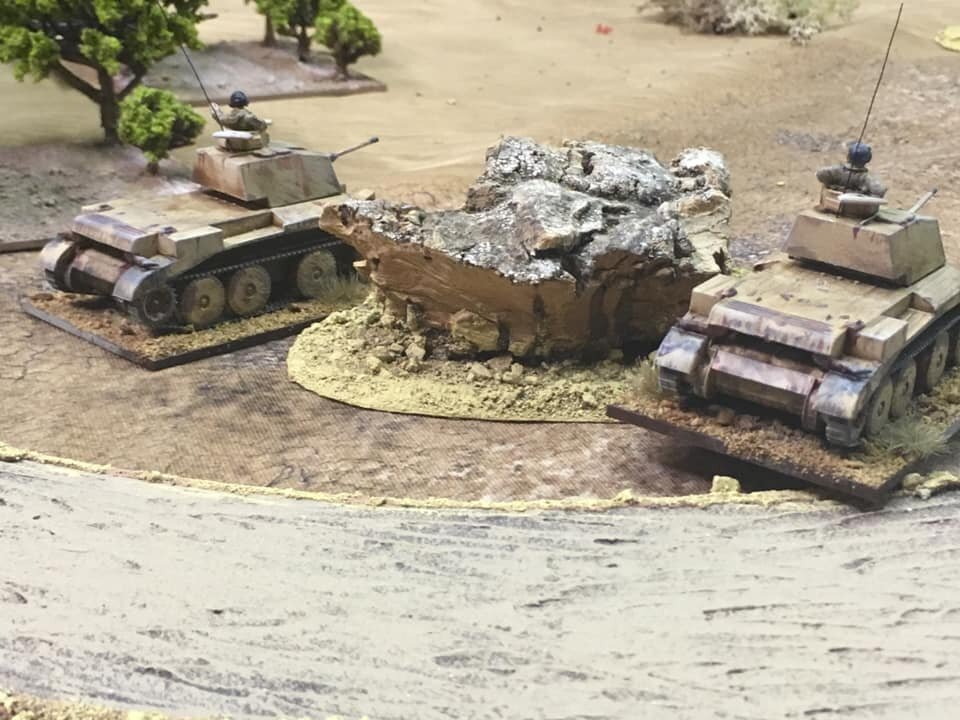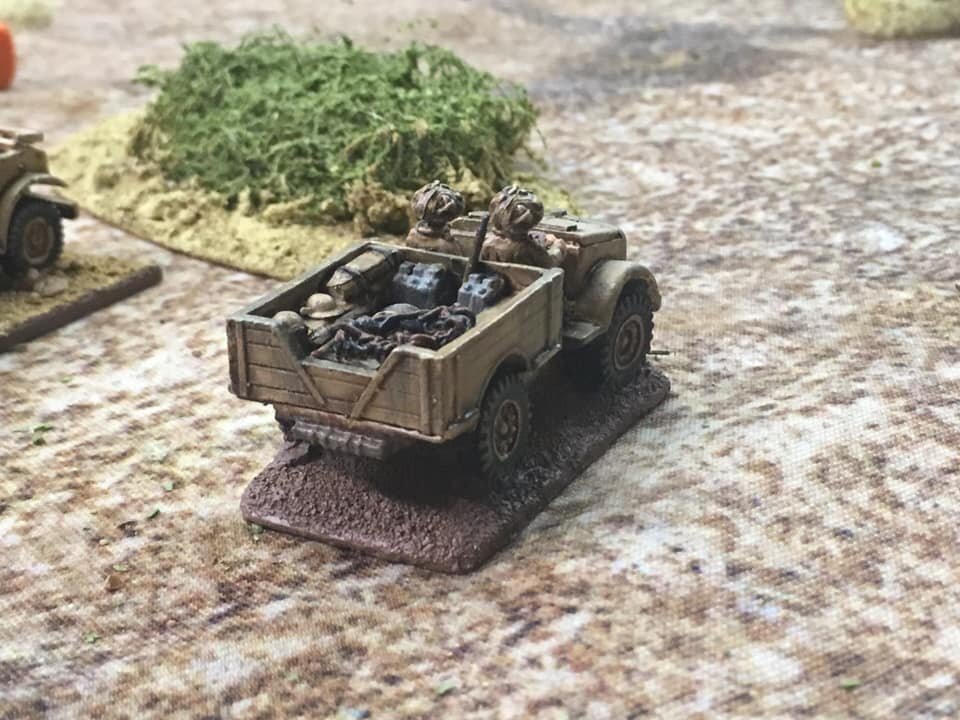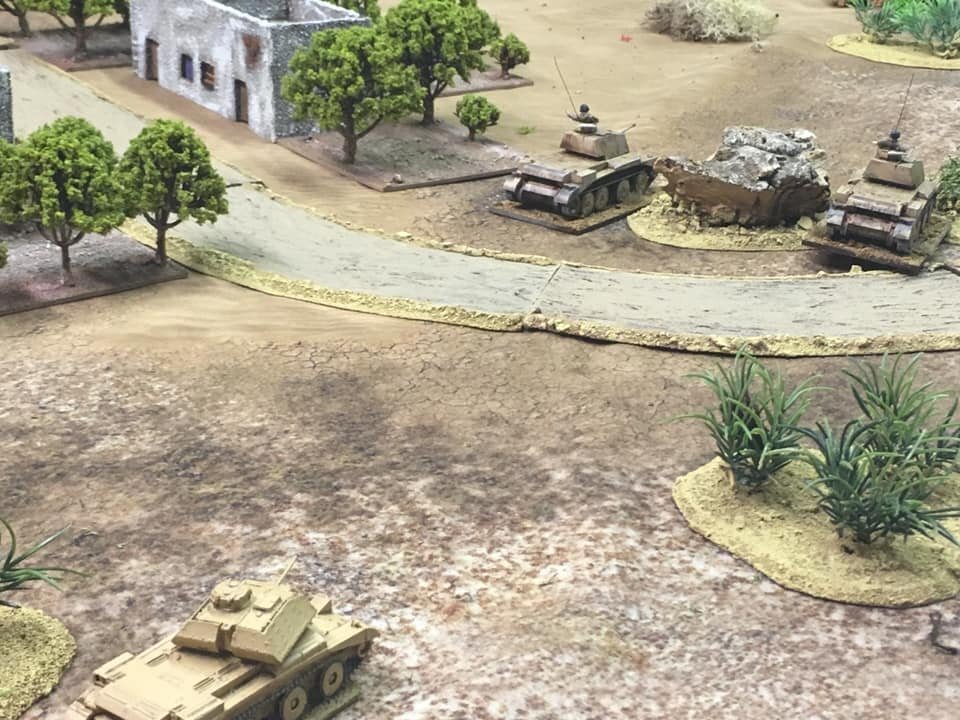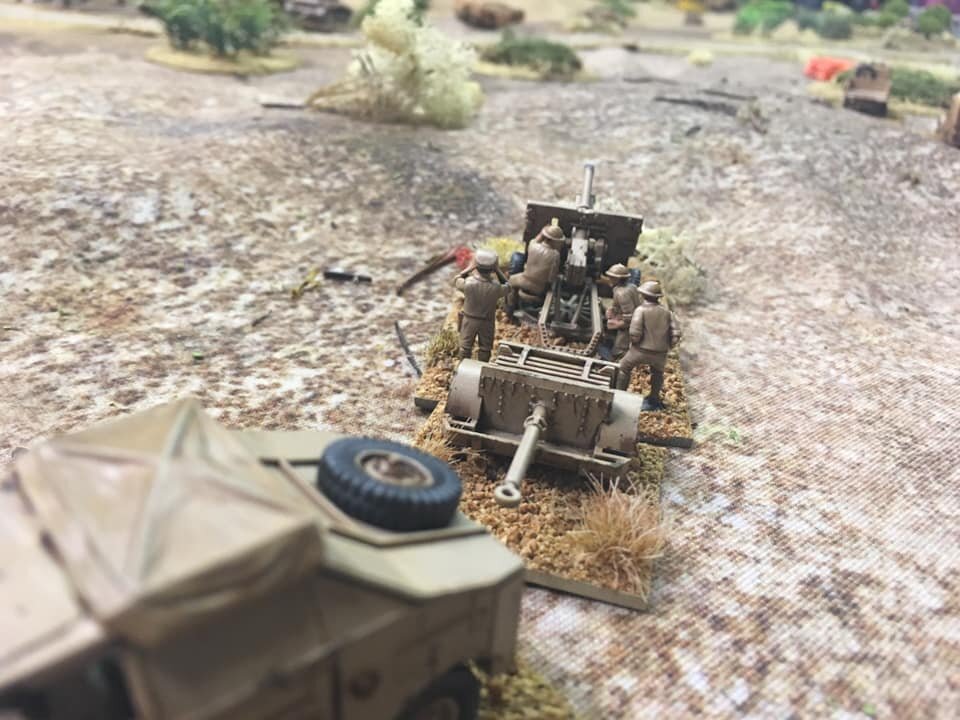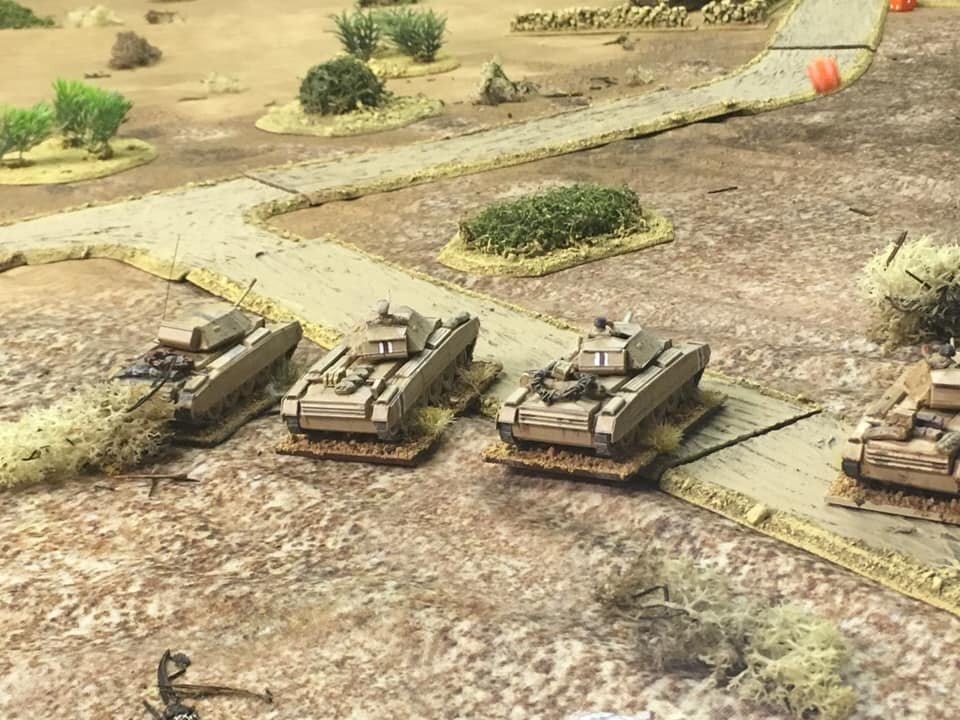Regular visitors will know that my favourite era of WW2 is the early period: 1939 through to early 1942, with a big focus on the campaigns of 1939 and 1940. This period, however, is not the most popular: most gamers go for the mid- to late-war period with its bocage, big cats, Panzergrenadiers, Americans and tank-riding Soviets.
This means that it can often be quite difficult to find 15mm versions of some of the more esoteric early-war vehicles: it’s just not worth the whiles of figure manufacturers to go to all the expense of having them sculpted and cast - they just won’t sell enough of them.
One solution is Shapeways, custom-printed to order…but it’s often hard to find a Shapeways model that doesn’t look as if it’s been 3D-printed: the build lines can be very apparent, especially when using wash techniques to paint them. Washes, after all, are designed to run into cracks and crevices.
Recently, however, I was browsing the WW2 section of the Lead Adventure forum when I came across a post from a chap who has produced a number of uncommon early war vehicles on Shapeways. The picture of the vehicles looked better than normal, so I thought I’d give them a go. They were, as the title of this post suggests an Adler Kfz 13 reconnaissance car and, based on the same chassis, an Adler Kfz 14 radio car.
Here’s the link to the MojoBob’s Shapeways page.
The vehicles arrived promptly and actually look quite good indeed. Here they are painted up, with a suspiciously familiar command figure for scale comparison:







